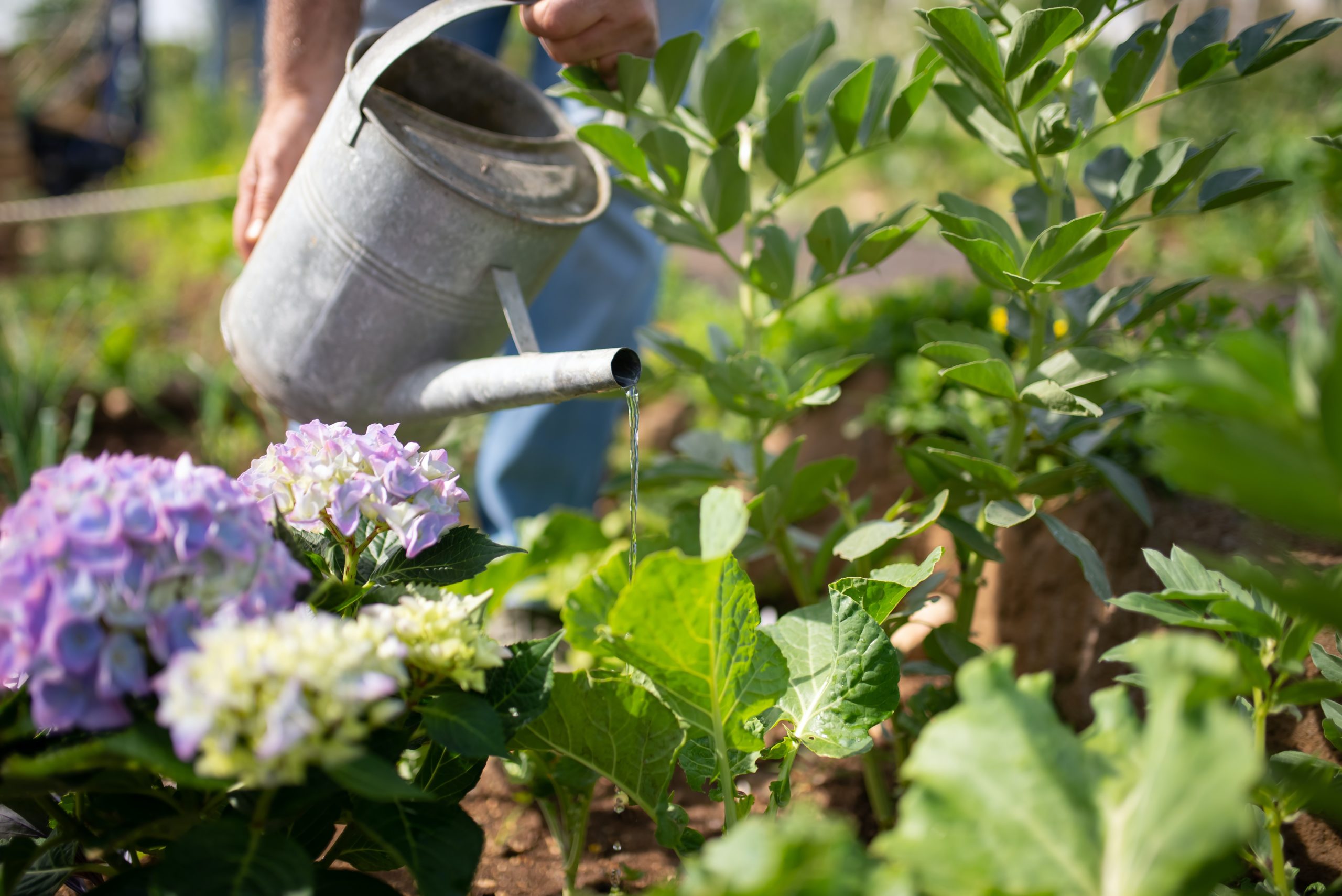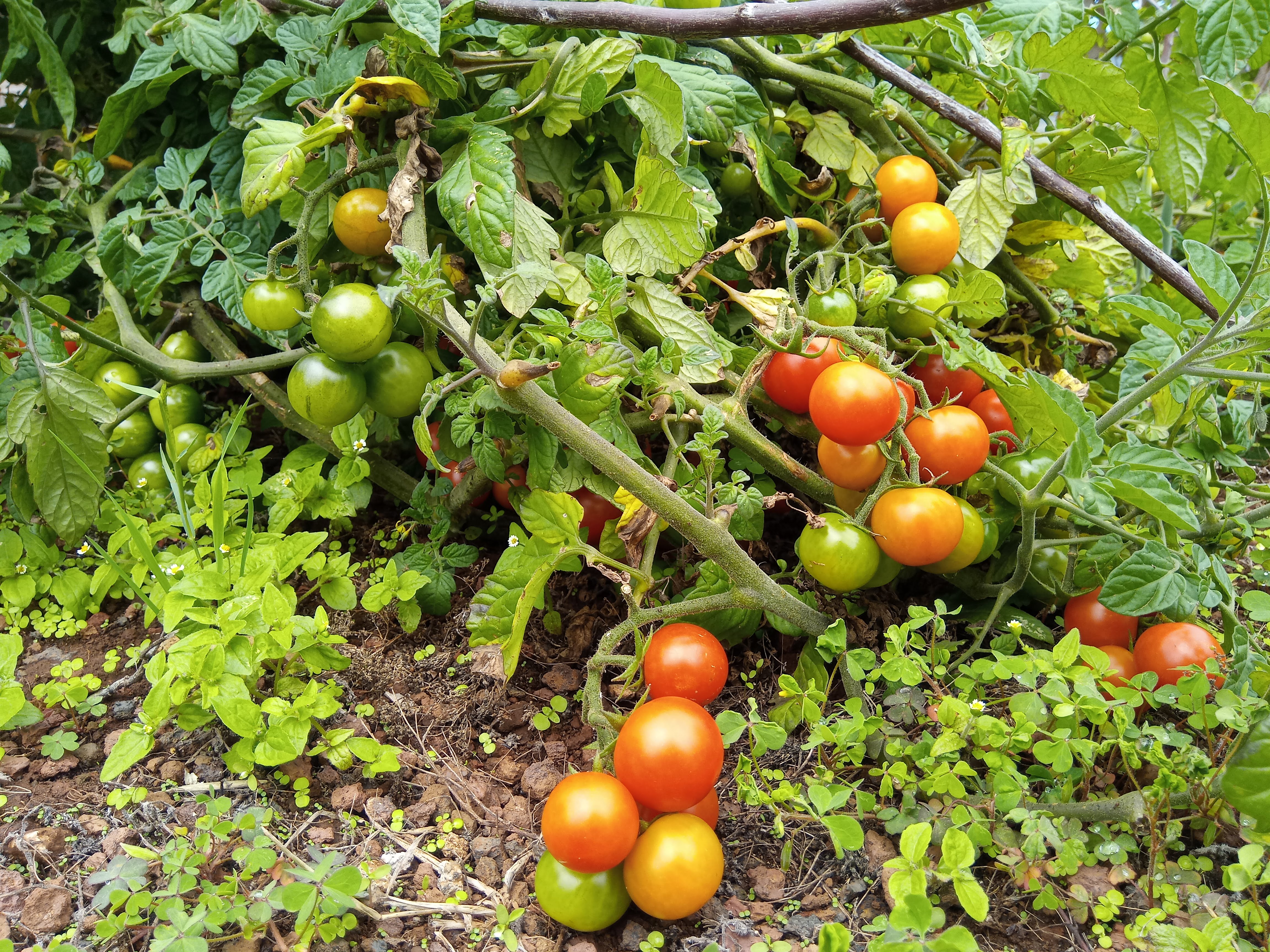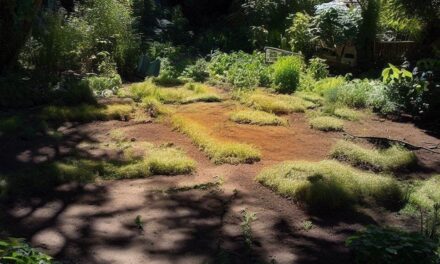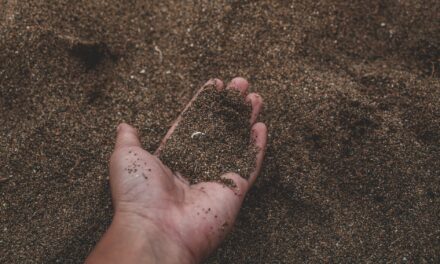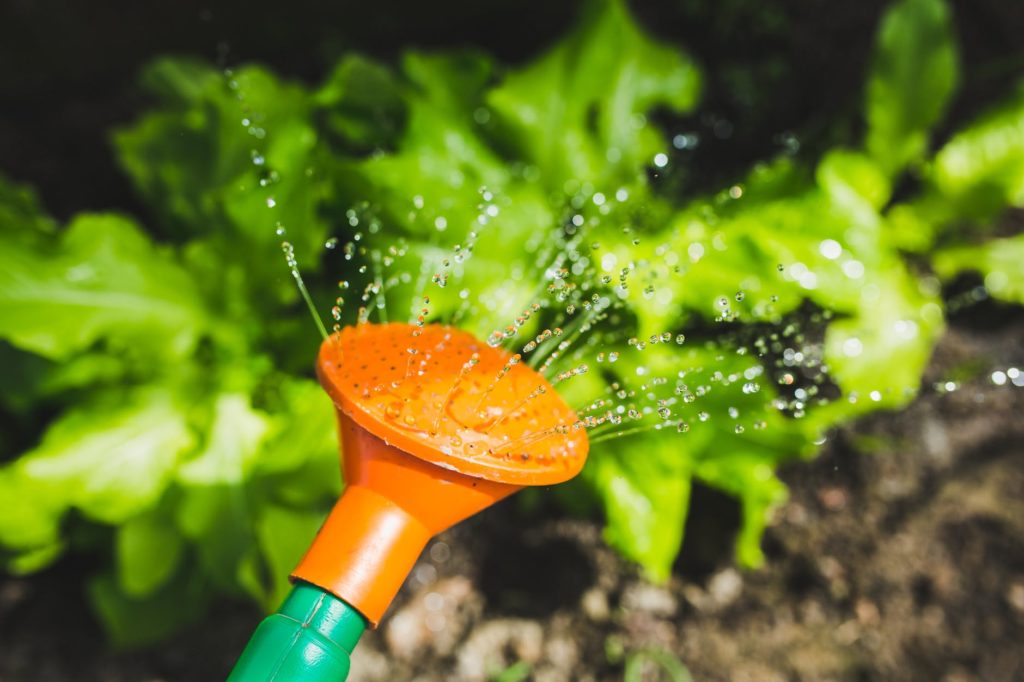
Every seasoned or novice gardener knows that watering plants is crucial to landscape and garden care. Water is a combination of hydrogen and oxygen, and without it, there would be no life on Earth. All plants need it to thrive, bloom well, and produce fruit.
Watering your plants and shrubs is a no-brainer, but how often and how much can be tricky to tell. While regularity matters, overwatering can cause root rot, killing your plantings faster than drought conditions. It’s why you need to have a good understanding of how to water plants correctly.
Let’s delve a little deeper into this aspect and unravel the mystery of watering garden plants correctly. I will take you systematically through the mechanics of the role water plays in your garden’s sustainability, when and how you should water various plants and grasses, and the other factors that matter in having a healthy garden.
Why Is Water So Important For your Plants’ Survival?
Water moves minerals and nutrients to all the right places, provides structural support while keeping your plants cool. Plant cells are similar to water balloons. When they are full, they firm up, helping your plants stand upright. If there is less water, the cells deflate, making your plantings look wilted or droopy- a clear indication that they need more water.
The cellulose that plants produce helps them maintain their shape and structure. However, it’s the water that flows through the plants that help them attain and retain their shape far better than cellulose by itself.
How to Water Your Plants Correctly
I’d like to get a little technical at this point. When you water your plants, transpiration (an invisible process) occurs where the sun starts evaporating water from the leaves via stomatal pores, resulting in water loss in them. This process also ensures that the water is channeled where it’s needed most.
Typically, the plant’s roots pull up the water. However, if the roots are dry, the plant will draw water from its leaves, and that’s when you get a deflated or drooping plant. It’s the plant’s way of telling you it’s thirsty. Dry, dead leaf tips, slow growth, and dry soil are other indicators that your plants need water.
The Basics of Watering Garden Plants
Are these the only aspects to consider? What about your succulents and other drought-resistant plants? Do they react the same way to a paucity of water in the soil? Does the soil quality have anything to do with the amount of water a plant needs?
You need to ask these questions and find the correct answers before creating a watering schedule for your garden. This is something I learned the hard way and here are some plant watering basics I believe every serious gardener should be aware of:
Test Moisture Content in the Soil
Water is just one of the threads of the broader fabric of garden care that includes soil type, climatic conditions, and more. The soil quality plays a pivotal role in the amount of watering your plants will need. One foolproof way to find out if a particular plant needs watering is to check your garden soil.
Dig your fingers at least a couple of inches into the dirt and check it. If the soil feels moist and damp, you don’t need to water the plant. On the other hand, if the soil feels all crumbly and dry, pick up your watering can or hose and give the plant a generous drink of water.
If you have an expansive garden with a large number of plants of different types, consider installing an automatic irrigation system with all the bells and whistles (read-moisture detector and rain sensor.) These devices will help ensure that your plants get the exact amount of water, no more, no less.
Soil Quality Matters
It’s also important to know that watering is not a standalone aspect of having a sustainable garden. The ratio of sand, clay, and silt determines your soil’s ability to absorb moisture and hold it effectively.
There are typically six types of soils (each with a specific absorption rate) used in gardens and landscapes. As a home gardener, you need to be aware of the soil type and its drainage capabilities. This knowledge will help you select the best plants for your garden. The six basic soil types are:
- Sand– Water seeps in quickly through sand but also drains quickly, making it unsuitable for plants and shrubs needing constant moisture. Because of faster water drainage, the nutrients wash out quickly.
- Loam– It absorbs water, displays good structure, retains moisture, and drains well. Loam is packed with nutrients, warms quickly during springtime, and is easy to cultivate, making it the ideal soil for all types of gardening.
- Peat– This organic soil is highly acidic. Because it has a higher proportion of organic matter, it inhibits decomposition, resulting in lower levels of nutrition. It retains water very well, warms up quickly in spring, and is excellent if you fertilize it regularly.
- Chalk- Chalk is alkaline, free-draining, and stony. It is typically found as an overlay on bedrock or limestone, limiting micronutrients like iron and manganese to the plants. You can treat chalky soil with fertilizer to correct this problem.
- Silt– This soil is smooth, retains moisture, drains well, and has a higher nutrient content than sand. However, because silt has a weak structure, it compacts easily. You will find it easy to amend silt with proper care, making it an excellent gardening soil.
- Clay – This heavy soil compacts easily and absorbs the least amount of water of all six types of soil. It drains poorly, is sticky when wet, hard when dry, and warms very slowly in the spring. Poor drainage also makes it nutrient-rich. Certain plants thrive in this type of soil, while others will thrive if you amend it before planting.
A Little about Soil Improvement
You can improve almost all soils by adding organic matter like plant materials, organic manure, compost, sawdust, and green manure to make them more workable. The organic matter helps:
- Loosen tight clay
- Sandy soil hold more water
- Make the soil easier to dig
- To add nutrients
I add organic matter annually during soil preparation and this helps keeps my flowering plants in excellent condition. This step will help you build and maintain the soil, reducing the amount of water your garden or landscape needs. In short, the right soil choices can help you create a more water-efficient landscape.
Know When to Water Your Plants
When you water your plantings influences how they absorb water from the soil. The best time to water plants is early in the morning, as it gives them sufficient time to absorb the water they need and be ready to sustain themselves when the day gets hotter.

Like me, if you cannot water your plants in the mornings, then late evenings are the next best time because the sun will have set and the air will be cooler. Never water your plants during hot afternoons. The sun can be punishing at that time of the day and will evaporate most of the water. So, plan the watering schedule well and use water responsibly.
The Best Times to Water Grass
Many homeowners have lawns in their yards, and watering them seems simple enough. However, it can be confusing for most of us to know the best time and how long to water your lawn. Here are some pointers:
- Most grasses do very well when you water them early in the morning, and you can schedule this task while you are watering the rest of your plants. Calm breezes and cooler temperatures help keep evaporation levels to a minimum. It’s also an excellent way to ensure that the grass stays cooler as the day progresses and the sun gets hotter.
- If you can’t manage this task in the morning, water your lawn in the late afternoon.
- While it might seem like watering the grass later in the evening is a better idea, a wet lawn in the night’s cooler temperatures creates the perfect environment for fungal infestations.
Don’t Water the Leaves
When watering garden plants, it can be very tempting to run a generous spray of water over the leaves, but this is a common folly most people make. When watering your plants, aim the garden hose at the base of the plants and not at the leaves. Lingering moisture in the leaves makes them susceptible to rot and infestations. So direct the hose away from the leaves whenever you water your plants.
Aim to Get the Water Deeper Into the Soil
When the water gets deep into the soil, it helps your plants grow stronger while limiting the amount of water wastage that occurs through evaporation. The plant roots are forced to grow deep into the ground to reach the water there. When you water the soil lightly, it only dampens the top layer, resulting in shallower roots that grow upwards, trying to get to the surface.
Shallow roots make it very easy for your plants to be uprooted, and they are vulnerable to rotting during heavy rainfall. Therefore, I’ve found that deep watering is the best way to go. These are just some of the basics of watering plants. I know that I’ve talked a lot about soil here, but you will realize that the type of soil your garden has, plays a vital role in how your plants grow and thrive.
There’s More to Come About Watering Plants Right
I hope that all the information in this article has helped remove the mystery around watering garden plants to some extent. Determine what you have been doing right, wrong, or need to change when tending to your garden. Even after reading a lot about soils, plants, and watering schedules, I became more attuned to my plants’ watering needs only after a significant amount of experimentation and observation.
Be more hands-on and, as mentioned earlier, learn more from trial and error. But the mystery is not entirely solved- There’s more to come, and my next in part 2, will reveal it all!

